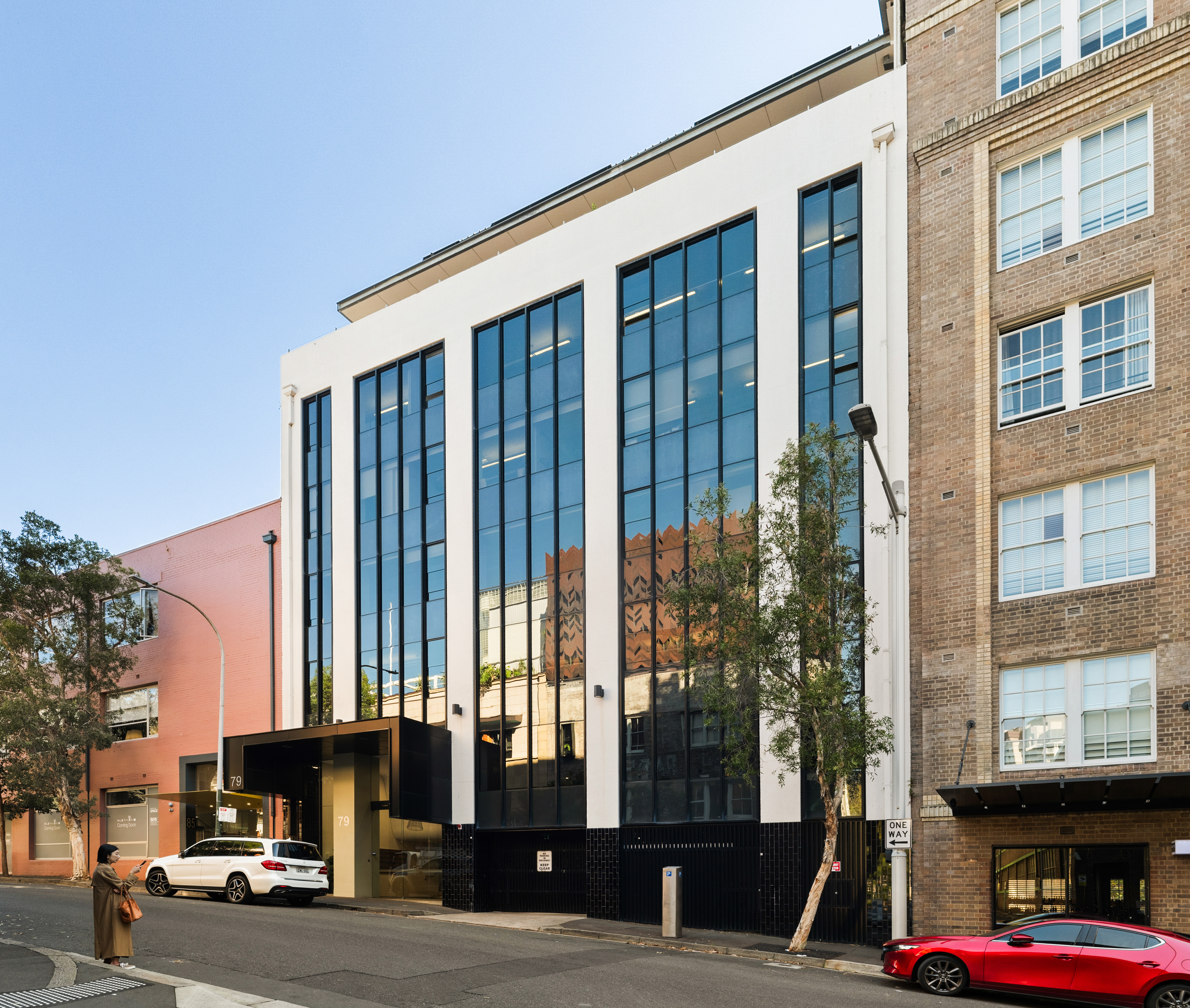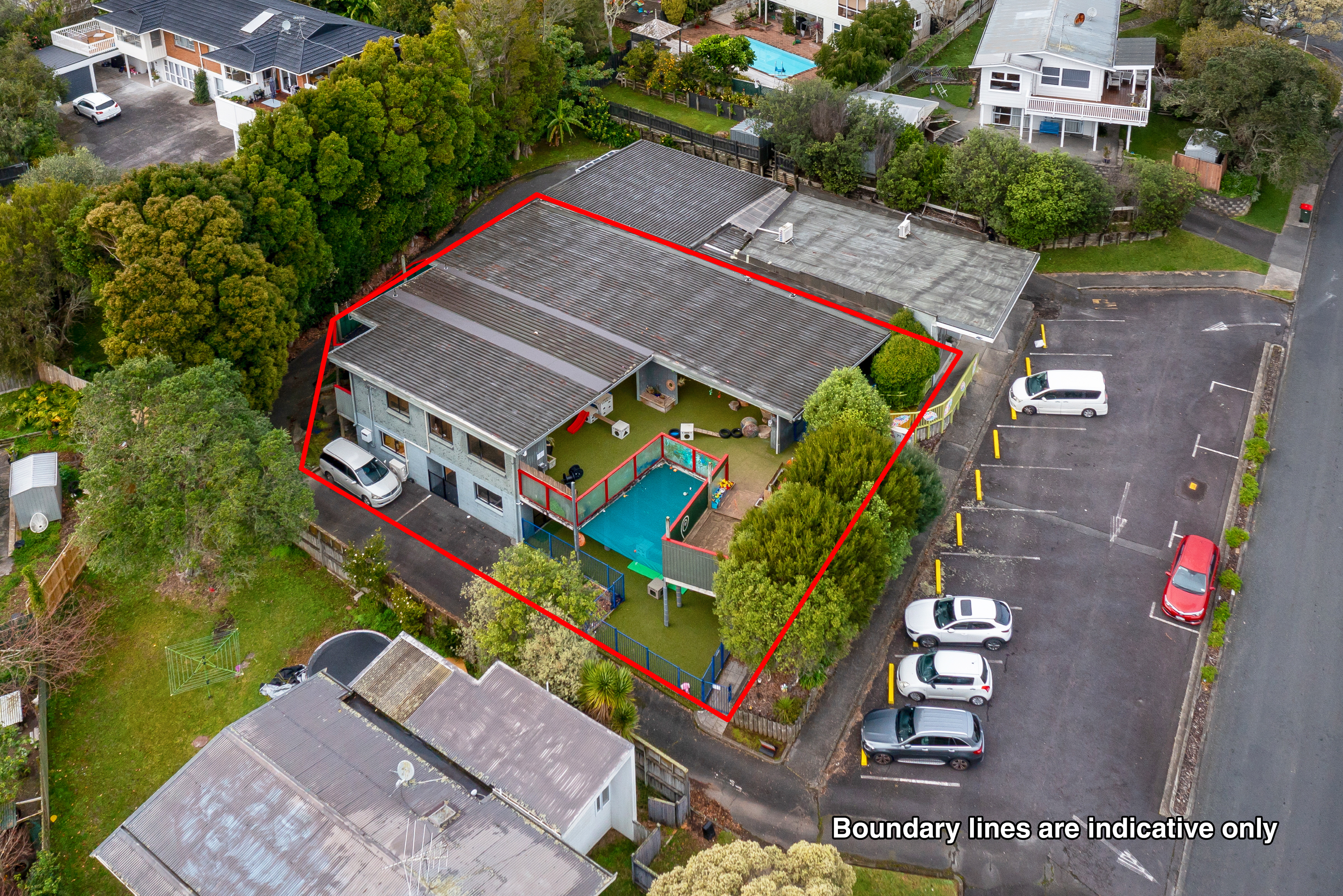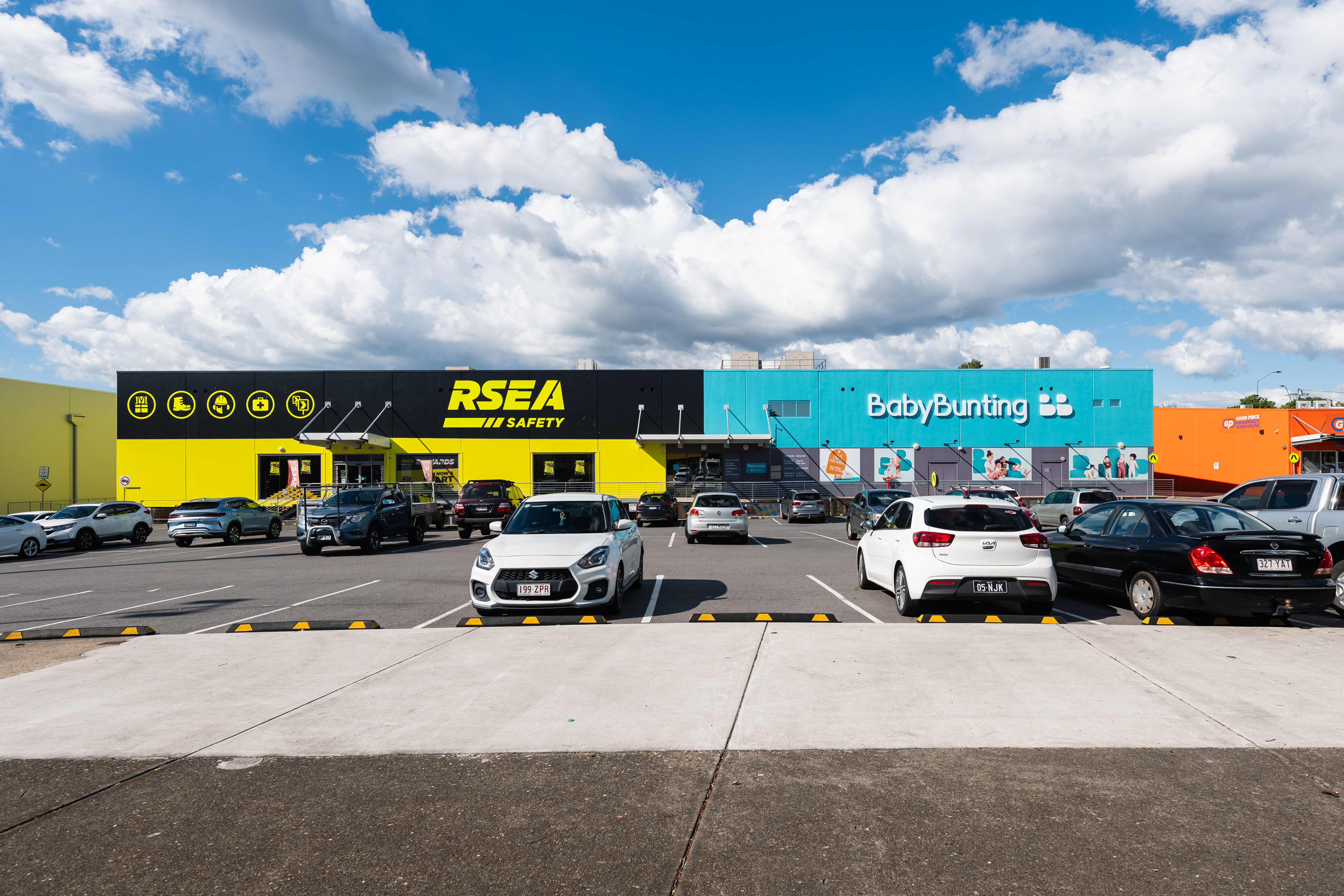How can investors manage transition risks amid the push to net zero?
Some buildings are falling behind as the focus on sustainability reshapes the business outlook
Many of today’s buildings are facing mounting risks as the shift to a low carbon economy gathers momentum.
Transition risks are coming from all directions including tightening policy and regulation, evolving technology, changing market expectations and wider societal pressure. These all have implications for a building’s value and a company’s reputation.
JLL’s Retrofitting Buildings to be Future-Fit research, found that 90% of office stock across 10 major cities in Europe and North America is over 10 years old. Even offices completed five years ago may not comply with future energy efficiency standards.
Yet demand for sustainable buildings among corporate occupiers has never been higher. In Europe, for example, demand outstrips supply by a factor of three to one, JLL figures show.
“For investors and owners, there’s a window of opportunity to make the necessary investments to retrofit and future-proof their buildings ahead of the curve to meet this demand – and reap higher financial returns,” says Emily Chadwick, Head of ESG & Risk, Valuation Advisory at JLL.
“A significant imbalance in demand and supply suggests outperformance on rents and leasing velocity can be expected for operationally efficient offices in Europe, until sufficient stock is available,” she explains.
JLL’s 2022 Future of Work Survey of 1,000+ decision makers found that 74% of organizations are open to paying a premium to occupy space with leading sustainability credentials.
Looking for more insights? Never miss an update.
The latest news, insights and opportunities from global commercial real estate markets straight to your inbox.
Making the move to net zero
Longer-term, the potential for green premiums will fade. The transition risks for buildings that fail to keep pace with legislation or sustainability standards in the market will grow.
It’s why investors and building owners should now be moving from making commitments to implementing action plans, Chadwick says.
“Transitioning existing assets to net zero will involve capital expenditure, which is typically underestimated by the market today,” she says. “However, making the investment sooner rather than later will create assets that are sustainable and resilient in the longer-term.”
There are various factors to consider in measuring an asset’s or a portfolio’s ‘true transition risk’ such as impacts to rental value and growth, occupancy, yield, and operational expenditure in addition to the capital outlay required for retrofitting.
“With the right data and market insight, it is already possible to model a range of scenarios and determine how to mitigate transition risk and optimize returns,” says Chadwick.
Investment Opportunities
Find out more about the impact of transition risks on real estate below:
Contact Emily Chadwick
Head of ESG & Risk, Valuation Advisory at JLLWhat’s your investment ambition?
Uncover opportunities and capital sources all over the world and discover how we can help you achieve your investment goals.



